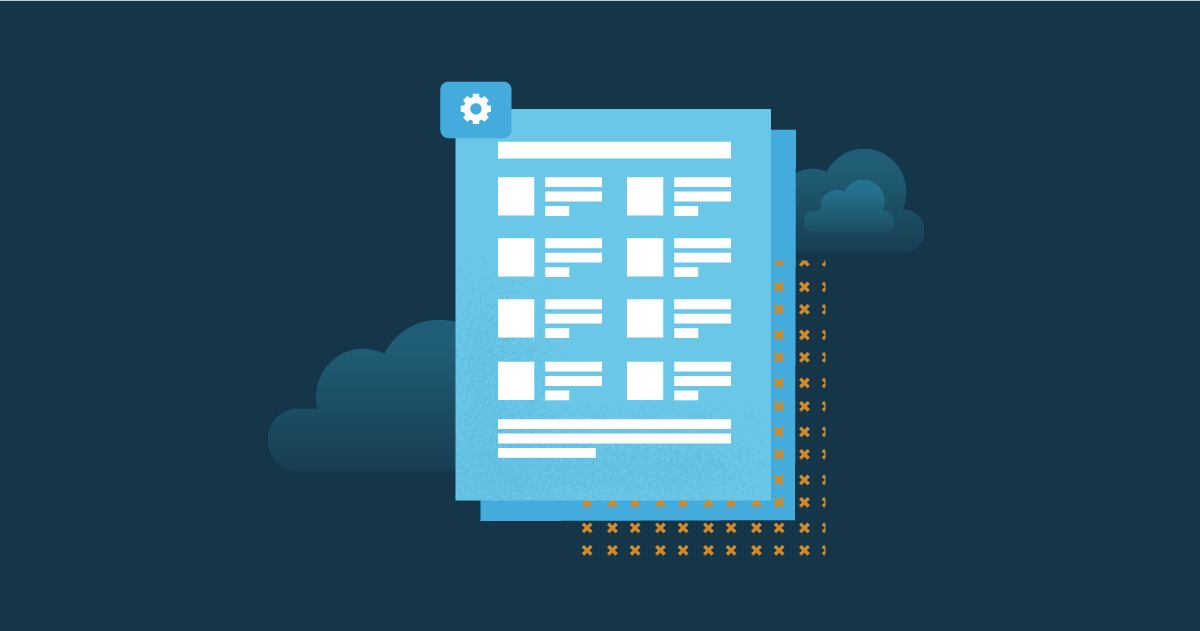Summary
IT leaders would be well advised to remember that while usage of microservices based on containers are growing like wildfire, they represent only one computing model across a continuum. Not only are legacy applications and virtual machines likely to be parts of the networking landscape for years to come, additional computing models are on the horizon. Serverless-computing models, for example, make use of event-driven architectures to programmatically make compute, storage and networking resources available on demand. Ideal for short running applications, stateless applications using containers will soon migrate to serverless computing frameworks. Of course, that should still leave thousands of stateful applications running on containers. Add in new types of bare metal servers based on graphical processors units (GPUs) and field programmable gate arrays (FPGAs), and the number of places where containers can run will exponentially expand.
In fact, a strategic approach to networking that makes it possible to invoke all these services simultaneously will be the key to combining multiple clouds in a way that drives hybrid cloud computing initiatives. The real goal going forward is not to move every application to one specific type of computing model. Enterprise IT is already operating across multiple clouds. The future of enterprise IT will be based on a federated model that relies on SDNs to provide access to applications wherever they reside. IT organizations will be able to employ every type of computing model based on what makes the most economic sense at the time rather than hosting applications based on IT philosophy.




